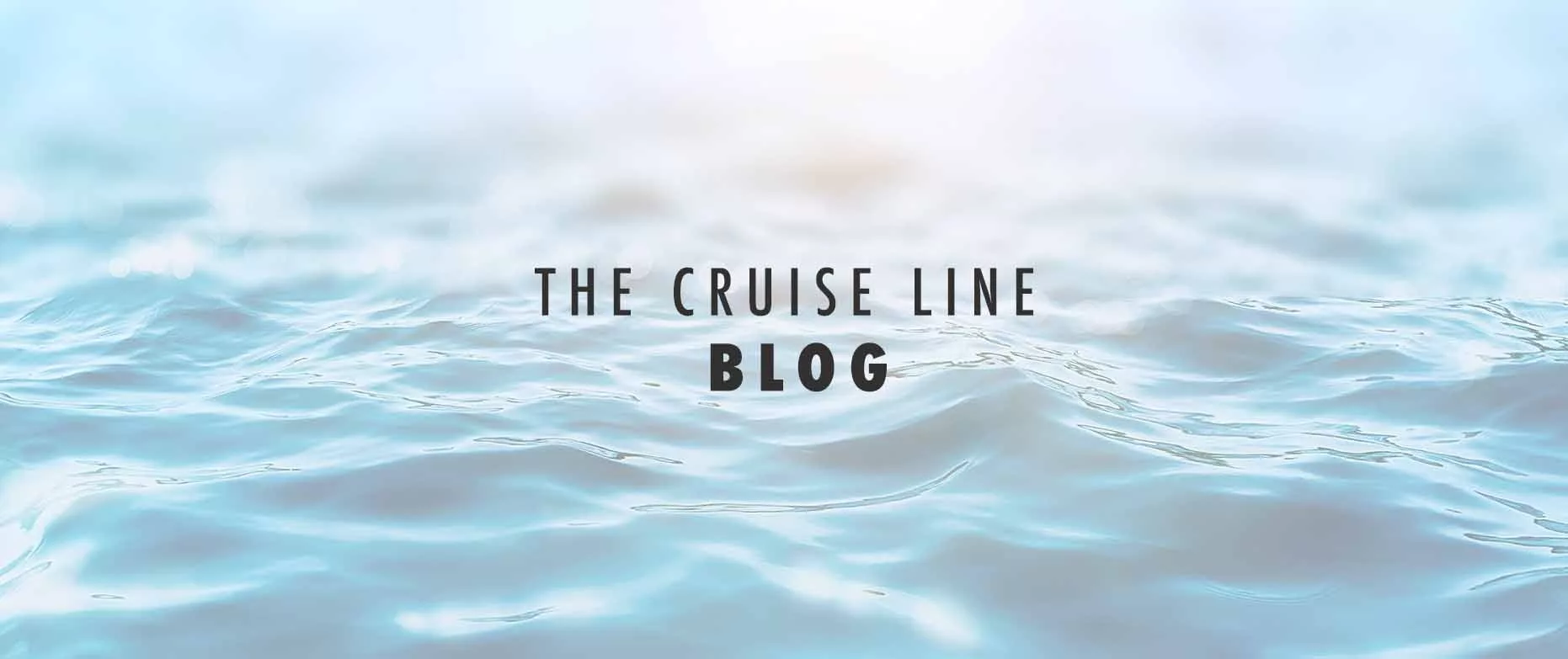Her original name was simply Hull 736. To her owners, she was Project Q4. And she was the very last of her ocean-going breed. Launched in 1967, her maiden voyage wasn’t until May 1969, and critics derided her – almost literally – as a White Elephant.
They were wrong, of course, but the controversial decision to send the Queen Elizabeth 2 to sea in a predominantly white livery was symptomatic of a series of unfortunate events and decisions that marred the ship’s much-hyped introduction, including a major malfunction of the new-fangled turbine rotors that needed four months to correct before she was deemed good enough for public work.
As if the QE2’s nine-year gestation period – a painfully long process of ‘Shall We? Or Shan’t We?’ by Cunard as the transatlantic passenger shipping business died a slow death during the early 1960s – wasn’t awkward enough, her early years were beset by setbacks, including a 1972 bomb threat that scrambled a British special forces bomb disposal team, which parachuted aboard in mid-Atlantic, thus inspiring the movie Juggernaut several years later.
QE2 History
Slowly but surely, the newcomer earned the affection of passengers far and wide. Her design, as a three-class cruise liner, was the pinnacle of evolution of more than 150 years of steel-hulled transatlantic architecture, true maritime greyhounds built for speed and navigation. Everything since has been a cruise ship, a crucial distinction in the modern age.
For QE2, life was rarely ordinary, however. In 1982, the Falklands War demanded that she be pressed into service as a troop carrier, refitted with reinforced steel plating, two helicopter pads and dormitories for 3,000 troops, with her return being greeted by full royal approval on the Solent, and much heralded in the national press.
A few years later, with her boilers increasingly inefficient, Cunard was faced with a major decision – build a new ship or take QE2 out of service for a complete conversion to diesel power. The latter decision made most economic sense, albeit at a price of £100million.
In 1992, the ship infamously ran aground on a previously uncharted shoal near the island of Martha’s Vineyard, Massachusetts, causing major hull damage. A renovation two years later proved another problem when the work was incomplete and the ship set sail with workmen aboard frantically trying to finish the overhaul. The media had a field day with passenger stories of flooded cabins and hasty repairs, and the negative publicity lingered for many months.
A rogue wave in mid-Atlantic caused more damage in 1995 but, by 2002, the vessel had sailed more than five million nautical miles – the most by any merchant ship.
QE2 Retirement
The records continued to pile up for QE2 through the 2000s – the longest-serving Cunard liner in 2004 (surpassing the 35 years of RMS Aquitania); the longest-serving Cunarder of all time a year later; the famous Three Queens meeting (with QM2 and Queen Victoria) in New York in 2008.
But, by 2008, the venerable vessel was also facing a more critical historical marker – new regulations aimed at bringing all ships up to enhanced safety codes. Cunard had a decision to make: either undertake yet another major structural overhaul, or pension the Grande Dame off.
After nearly 40 years at sea, 5.6 million miles, 2.5 million passengers and 806 transatlantic crossings, QE2’s great career was at an end.
Inevitably, there was controversy about what would happen to the great liner next. Various bidders fought to take her variously back to Clydebank in Scotland where she was built, off to life as a hotel in Australia, or as a prestige monument in Dubai. The Middle East money won out and, in November 2008, she set sail for Port Rashid, all set for new life as part of the proposed prestigious Palm Jumeirah development of man-made islands.
Only, once there, the Dubai World investment company took a financial nosedive (along with many others during the economic recession of 2008/09). For almost 10 years, QE2 became an economic millstone, shuffled around the port as something the company could neither afford, nor afford to sell for scrap (although the threat of a Chinese scrapyard did loom large in 2012).
Attempts to buy her back and move her to London, or Fremantle, or Cape Town, or Singapore all fell through, and the great vessel’s fate seemed headed for ignominy. Until this year.
QE2 Restoration
Finally, after a near-pantomime series of on-again, off-again announcements of intent, the Dubai owners have taken the plunge and invested in a multi-million dollar restoration programme aimed at opening the ship up as a luxury hotel, still moored in Port Rashid, but now in far more glamorous surroundings than the port’s seedy backwaters.
In April, the first guests came aboard to witness the transformation of the legendary sea-going paragon, offering a variety of rooms in classic (but modern) nautical style, five (of an intended 13) restaurants, and other public rooms that maintain the ship’s sense of heritage, including the restored Yacht Club Bar, Golden Lion pub, Lido, Pavilion and Grand Lounge.
Period furniture and original portholes have all been maintained and, crucially, there is a proper nautical necessity, the QE2 Exhibition, which presents the glamour ship in her 1960s hey-day in interactive museum style.
More modifications, additions and updates – including those extra eight restaurants and more categories of rooms with balconies and even ultra-luxe suites, including two Royal Suites named for the Queen’s mother and grandmother – are due by the official October grand opening.
It has been a long haul, but the glory of the world’s most famous liner is now, finally, assured. Her fans can breathe easy again. Oh, and you’ll want to check out the possibility of staying on board the next time you’re in Dubai, so make sure you get in touch with us if you would like to find out more. We’ve also got an EXCLUSIVE Cruise & Stay option available which combines a stay on the QE2 with a Queen Mary 2 cruise from Dubai to Southampton – take a look here.
Did you sail aboard the QE2? What were your favourite memories, and would you want to stay on board this floating hotel? Let us know in the Comments section below.




